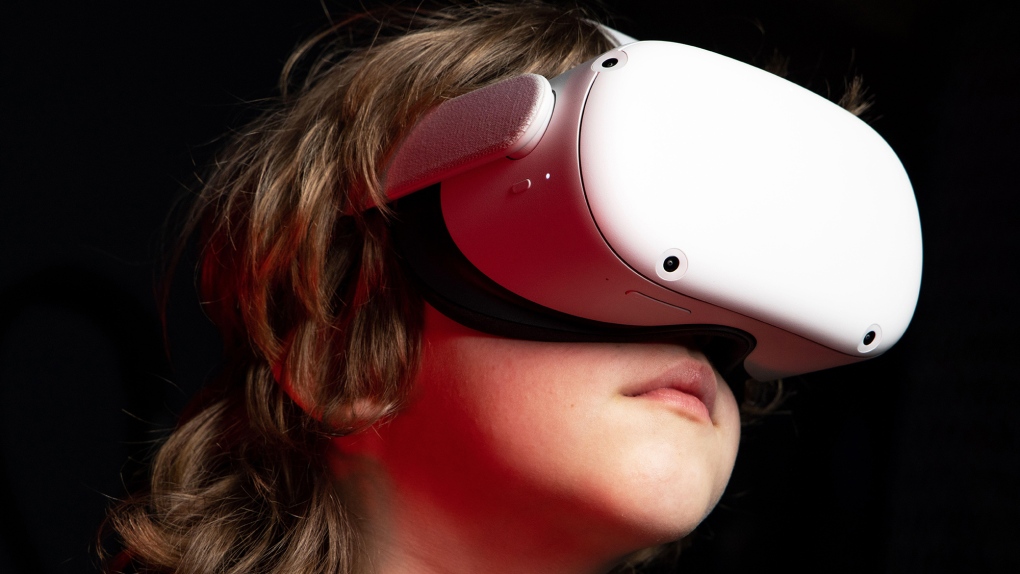In VR, there are no rules, so parents are making up their own

Sure, it all happened in VR. But for Roach — who spotted this gory scene while monitoring his son’s VR gaming on a computer screen that mirrored what Peyton was doing with an Oculus Quest 2 headset — it felt uncomfortably real. Roach knew when Peyton looked down in VR he was seeing a weapon held in virtual hands, not just a plastic game controller. It didn’t matter that it was a single-player game, which meant that the characters weren’t represented by other human players. “It bothered me in a way it doesn’t on flat screens even, because they’re doing it with their hands in physical presence,” he said.Roach, who lives in Kansas City, Missouri and works as community manager for VR-based learning platform Edstutia, sat down with Peyton at the time and talked about what had happened. He also stopped letting his three oldest children (Peyton, now 12, and his 11- and 14-year-old brothers) play that game.Roach is one of a growing number of parents navigating a new frontier in technology, and learning as they go. More kids have access to VR headsets than ever before — and with it, access to a still-niche but expanding virtual world of games, avatar-driven hangouts, and many more activities. And the number of kids who use it is only likely to increase after the most recent holiday season. Albrecht, who works in public relations in the tech industry, doesn’t allow any VR apps that include guns, violence, or zombies, she said. Since she set up both her kids’ Quest 2 headsets with her own Facebook account, which connects to the Oculus app on her phone, she can check the app to see if they’ve downloaded any free apps. The kids use the headsets next to her or her husband, she said, where the adults can hear (via the Quest 2’s built-in speakers) what’s going on, too. For all the potential risks, Albrecht and other parents said they also see how VR can be fun and useful for their kids. “It’s also like this new frontier of their social lives, where they’re learning to communicate,” she said. “We work in a remote world. They have to learn those skills, too.”Impact over time is not clearWhile casting and limiting types of content kids can access may help adults track what their children are doing, it doesn’t eliminate the possibility that a child will encounter violence or abuse in a virtual setting.”Things you see you can’t un-see,” said Kavya Pearlman, founder and CEO of XR Safety Initiative, whose efforts include “I think the time limit really depends on the amount of stimulant the experience gives to the child, which we can’t really calculate on the fly,” she said.Even if parents don’t set a time limit, however, a quirk of existing wireless VR headsets may become a benefit for those weary of tracking their kids’ virtual activities, as they only have a few hours of charge and may run out far faster than other gadgets kids might use.”I will say that is the other parental control: the battery life. It does not last that long,” Albrecht said.



